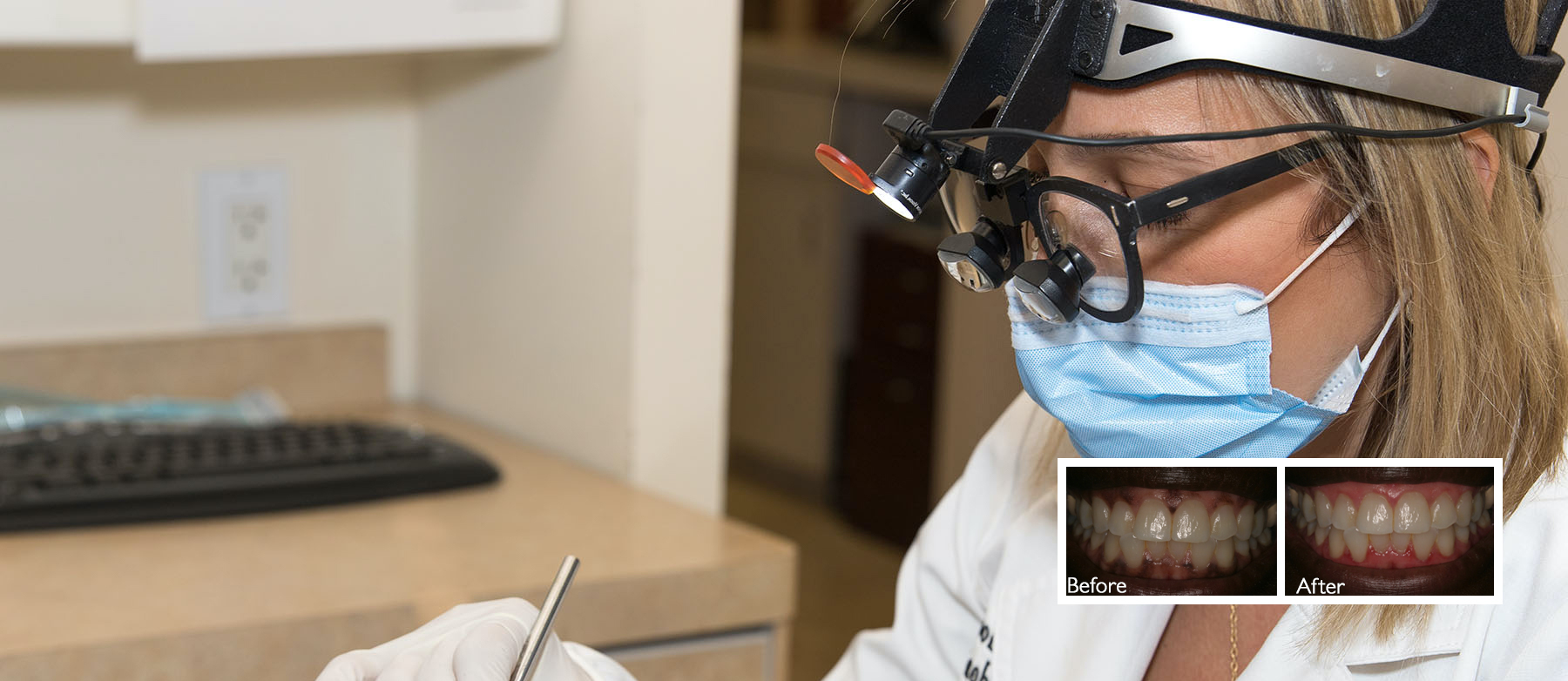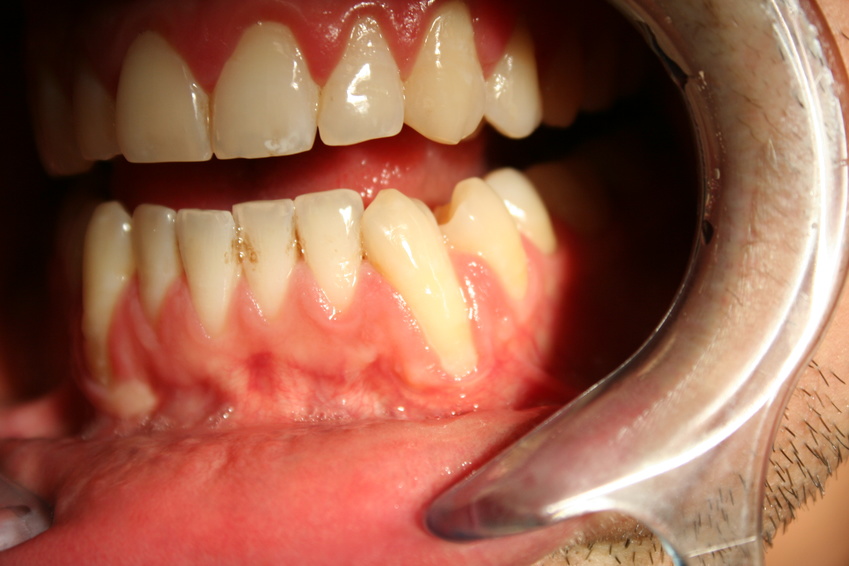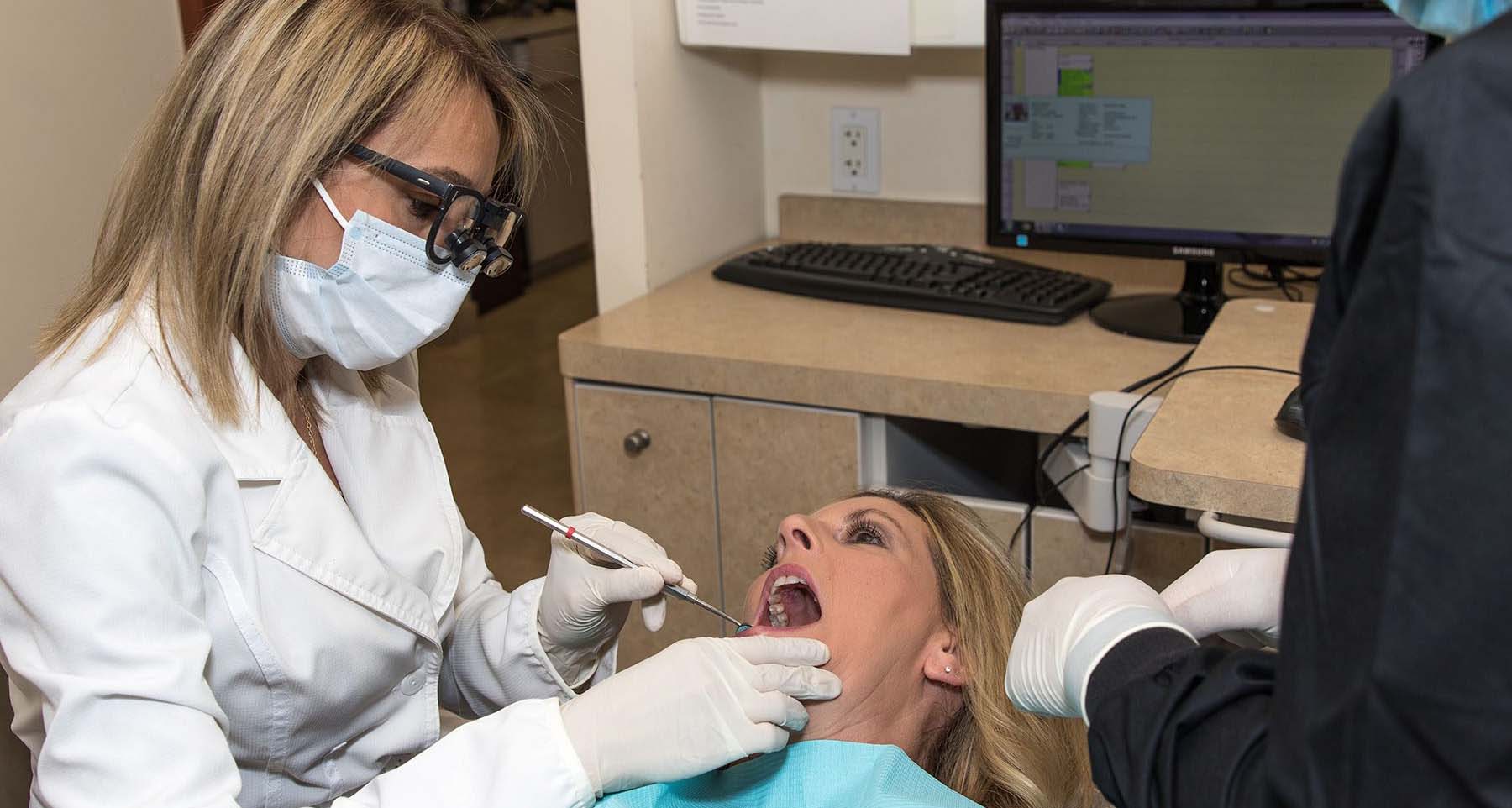Gum disease is one of the of the most frequent dental health problems. As a matter of fact, it is a more dominant cause of tooth loss than tooth decay, making it essential to learn more about how it happens and the prevention measures. Also called periodontal disease, it is present to some degree in a majority of adults. Typically, the disease develops over time with the level ranging from mild where an individual only suffers gum inflammation to severe where the bone and tissue supporting the teeth deteriorate, resulting in teeth loss. The care you provide the teeth will contribute largely to how well you prevent gum problems.
Symptoms of Gum Disease
In severe cases, you can get the expertise of a periodontist like Dr. Hanookai who provides services in Sherman Oaks. Periodontal disease can be unnoticed for a long time because it is painless. Some of the symptoms that can alert you to the disease include loose teeth, persistent bad breath, gums, receding from a tooth, swollen, bleeding and tender gums, bad taste in the mouth, and pus around the teeth. Regular visits to the dentist are advisable because they facilitate early diagnosis of periodontal disease.
What Causes Gum Disease
Periodontal disease is the accumulation of bacteria in the mouth, especially the area where the tooth and the gum meet. The mouth is by nature full of bacteria, and when you don’t clean your teeth properly, they tend to build up. Then this bacteria mixes with mucus and other particles to form a sticky colorless film called plaque that lines the surface of teeth. Plaque removes quickly with a consistent toothbrush and floss regimen. However, when left for a long while, it hardens to form tartar, which can only be removed by professional cleaning. The services of the best dentist in Los Angeles such as Dr. Hanookai are necessary when dealing with extensive tartar build up. A root planing procedure is one treatment approach that dentists use to align the roots of the teeth.
The bacteria that collect in the mouth are largely harmless, but the problem comes when some start feeding on the same food you are. The bacteria then use the grooves of the mouth as a dump for excretion of enzymes and toxins. After the body realizes that there are toxins in the mouth, it mounts a defense; and thus, starts to develop blood vessels in that area to battle the intruders. These newly formed blood vessels result in a reddish swollen appearance in the gums. However, since the bacteria are still present around the gums, it attacks the blood vessels causing them to bleed easily. This stage is the first one of gum disease, and it is called gingivitis. It is easy to undo the damage during this stage because the bacteria have not affected the soft tissue or the bone.
Gingivitis that is left untreated advances to periodontitis. At this stage, gums start to pull away from teeth, causing spaces around the gum, which then become infected. As the body continues to battle the infection, the bacteria devour the soft tissue and bone. The teeth become loose over time as the connective bone and tissue deteriorate. Periodontitis can advance further if there is no treatment. At this point, only the most aggressive treatment by a periodontist can save the situation.
Preventing Gum Disease
So, you understand what a periodontal disease does and its severity. How then do you minimize the risks of getting it?
Brushing
Even the best dentist will tell you that brushing and flossing are the two most effective ways to prevent gum problems. Firstly, know what a quality toothbrush entails. The point of it is to remove plaque from every tooth, which is easy because it is soft. A toothbrush should have a small head to maneuver facilely among the hidden spots in the mouth. The toothpaste should contain fluoride to inhibit tooth decay. When brushing the teeth, the primary focus should be the gum but never scrub since that’s a fast way to damage the connective tissue and gum. The motions should be circular, forward, and backward with areas susceptible to dental issues receiving more attention. Establish a brushing route that ensures you get to all the little ditches and the surface of the teeth.
Flossing
Dental floss is suitable for reaching in between the teeth where toothbrush bristles can’t. It’s meant to remove the food particles that usually lodge in there. If you have not had a professional cleaning in a while, it may prove challenging due to tartar buildup. You can schedule a visit to a Los Angeles dentist like Dr. Hanookai for cleaning and a lesson on how to do it properly because it doesn’t come naturally to everyone.
Rinsing with Mouthwash
The American Dental Association verifies that mouthwash does a good job of reducing bacteria in the mouth, which minimizes the risk of plaque in teeth. Rinsing with mouthwash regularly also gets rid of food particles that may have survived brushing and flossing.
Other Factors
Some risk factors increase the chances of catching gum disease, and learning about them is immensely helpful in knowing how to take precautions. These include hormonal changes in women, smoking, poor diet, diabetes, medication, and genetic susceptibility. In such instances, you can prevent periodontal disease by eating healthy and including foods that provide tissue healing properties. According to WebMD, smokers have seven times higher chances of getting the disease, so quit smoking. Teeth cleaning and grinding can also be contributing factors.
Of course, scheduling regular visits with the best dentist in Sherman Oaks will contribute greatly to maintaining oral health to prevent gum problems.








